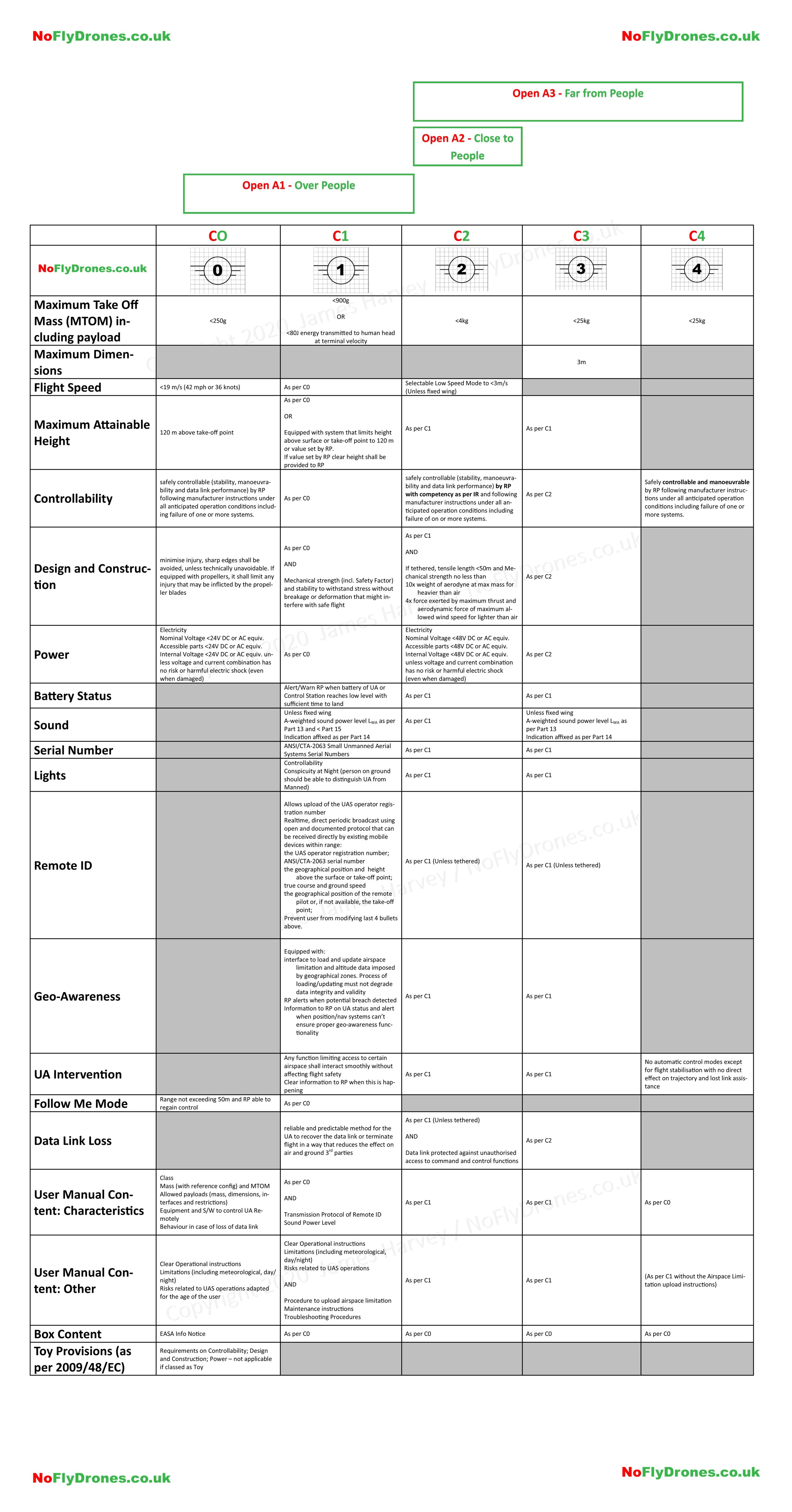Believe it or not the number of rules in the IR and DR on certified aircraft and operations are much less. This is because essentially anything to be certified must meet the same applicable rules and requirements set for manned aircraft which have already been established and therefore these are just referenced rather than repeated.
Which aircraft and operations fall into the certified category?
The drone has dimension of 3 m or more and is designed to be operated over assemblies of people
The drone is designed for transporting people
The drone is designed for the purpose of transporting dangerous goods and requiring a high level of robustness to mitigate the risks for third parties in case of an accident
It should be noted that certified aircraft don’t necessarily have to be flow in certified operations. That is, flights in the specific category may have a degree of risk that can only be mitigated if they use a Certified aircraft. In this scenario, the drone is certified but the operation is specific. The drone must feature the technical capability dictated by the requirements of the specific operation (these would be set out in the OA or STS)
What rules apply to certified aircraft?
A UAS subject to certification shall comply with the applicable requirements set out in:
(EU) No 748/2012 (airworthiness and environmental certification of aircraft, their parts, products, appliances and certification of design and production organisations)
(EU) 2015/640 (additional airworthiness specifications for a given type of operations)
(EU) No 1321/2014 (continuing airworthiness of aircraft and approval of organisations and personnel involved in these tasks)
In addition to the above, all certified unmanned aircraft must be registered with the state registration system. Details to be recorded include manufacturer's name, designation of the unmanned aircraft; serial number; full name, address, email address and telephone number of the natural or legal person under whose same the unmanned aircraft is registered. The same can be said for the operator of the certified aircraft.
What rules apply to certified operations?
Operations subject to certification shall be subject to the applicable operational requirements laid down in:
(EU) No 923/2012 of 26 September 2012 laying down the common rules of the air and operational provisions regarding services and procedures in air navigation
(EU) No 965/2012 of 5 October 2012 laying down technical requirements and administrative procedures related to air operations
(EU) No 1332/2011 of 16 December 2011 laying down common airspace usage requirements and operating procedures for airborne collision avoidance
In essence, operators and aircraft must have a certification and remote pilots will require official licenses. Unlike the current CAA Permissions for Commercial Operations, these will be Licenses like manned aircraft pilots hold.
Small Print: These posts are a summary only, include my personal interpretation and are not intended to be a replacement for reading the actual rules.

















